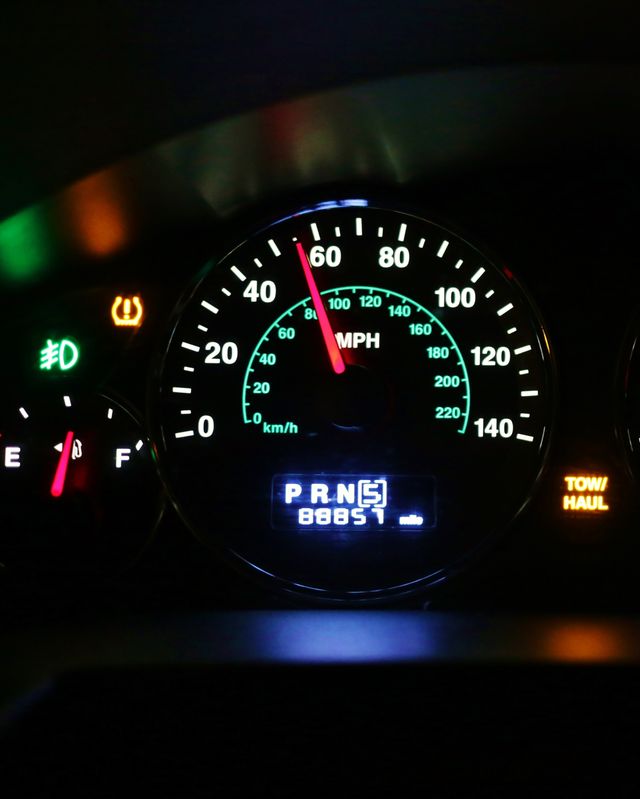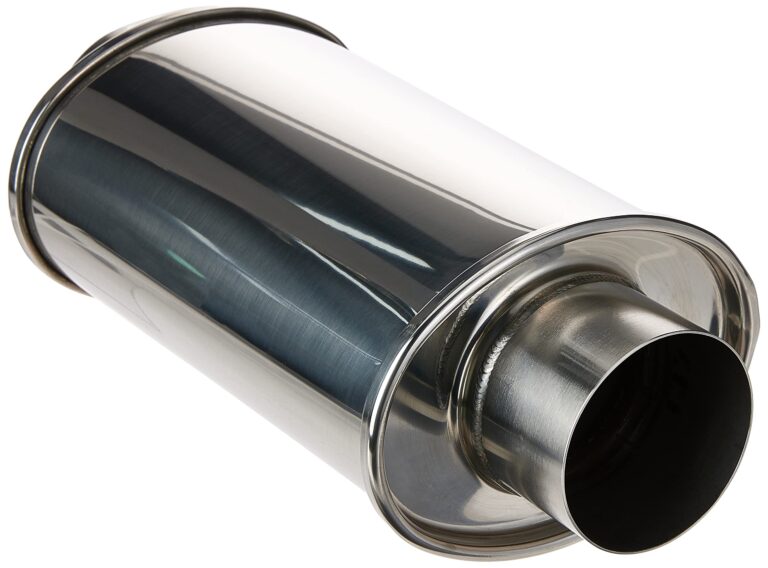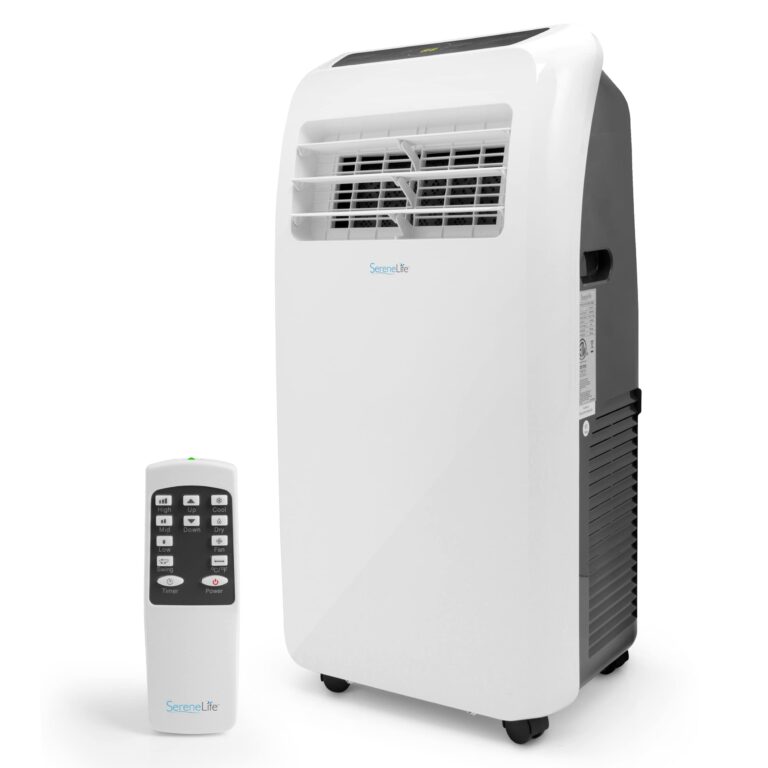Low Tire Pressure Sign: Don’t Ignore the Warning!
The low tire pressure sign warns drivers of low air pressure in their tires. A low tire pressure sign on your dashboard is an important indicator that should not be ignored.
It serves as a warning that the air pressure in one or more of your tires is below the recommended level. This issue can lead to a variety of problems, including reduced fuel efficiency, compromised handling, and increased risk of tire blowouts.
Maintaining proper tire pressure is crucial for both your safety and the longevity of your tires. We will discuss the causes of low tire pressure, the potential consequences, and the steps you can take to address this issue effectively. By understanding the importance of maintaining optimal tire pressure and taking proactive measures, you can ensure a smooth, safe, and efficient driving experience.
Signs Of Low Tire Pressure
Low tire pressure can have significant impacts on both the performance and safety of your vehicle. It is crucial to be able to identify the signs of low tire pressure to prevent potential issues on the road.
One of the indicators of low tire pressure is decreased fuel efficiency. When tires are underinflated, they create more rolling resistance, which leads to increased fuel consumption. This can result in frequent trips to the pump and unnecessary expenses.
Another sign is uneven tire wear. Underinflated tires cause the edges of the tread to wear down faster than the center. This not only decreases the lifespan of your tires but also compromises your vehicle’s handling and stability, especially in wet or slippery conditions.
Additionally, a low tire pressure warning light on your dashboard is a clear indication that your tires need attention. Modern vehicles are equipped with tire pressure monitoring systems (TPMS) that detect significant pressure deviations and alert the driver.
To maintain optimal vehicle performance and safety, it is essential to monitor and address low tire pressure promptly. Regularly checking your tire pressure and inflating them to the recommended levels can help extend tire life, improve fuel efficiency, and ensure a smooth and safe driving experience.
Visual Indicators
Visual Indicators
Recognizing the appearance of low tire pressure:
- One of the most common visual indicators of low tire pressure is a sagging or bulging appearance of the tire. When the tire pressure is insufficient, the tire may appear flat or “spongy”.
- Another visual indicator is uneven tread wear. Low tire pressure disrupts the even distribution of weight on the tire, causing certain areas to wear down faster than others.
- Excessive sidewall flexing is also a sign of low tire pressure. When the pressure is too low, the sidewalls of the tire may flex excessively while turning or during sudden maneuvers.
- Reduced fuel efficiency can be a result of low tire pressure. When the tire pressure is low, the rolling resistance increases, leading to decreased fuel efficiency.
- Lastly, handling and stability issues can indicate low tire pressure. If your vehicle feels unstable or difficult to control, it may be a sign of low tire pressure.
Regular visual inspections of your tires are crucial to ensure they are properly inflated. These visual indicators can help you recognize and address low tire pressure, preventing potential safety hazards and prolonging the lifespan of your tires.
Performance Indicators
A low tire pressure sign is an important performance indicator for a vehicle. When tires have insufficient air pressure, it can significantly impact vehicle handling and overall performance. Reduced tire pressure affects various aspects of a vehicle’s performance. Firstly, it leads to decreased fuel efficiency as the engine needs to work harder to compensate for the lack of tire pressure. Secondly, it affects the braking system, causing longer stopping distances and reduced responsiveness. Additionally, low tire pressure results in decreased traction and stability, making it harder to control the vehicle. Handling is compromised, causing a noticeable difference in cornering and steering response. Identifying signs of decreased performance due to low tire pressure is crucial. Regularly checking tire pressure and addressing any issues promptly is essential for maintaining optimal vehicle performance and safety.
Tire Pressure Monitoring System (tpms)
htmlThe Tire Pressure Monitoring System (TPMS) plays a crucial role in detecting tire pressure problems. TPMS is designed to monitor the air pressure in vehicle tires and provide real-time warnings to the driver if the pressure becomes too low. By constantly monitoring the pressure in each tire, TPMS helps ensure optimal tire performance, fuel efficiency, and overall safety on the road. When the tire pressure drops below the recommended level, TPMS sensors trigger warning signals to alert the driver. These warnings are displayed on the dashboard, typically in the form of a symbol or message. It is important not to ignore these warnings, as low tire pressure can result in reduced traction, poor handling, and increased risk of a blowout. By interpreting TPMS warnings and taking prompt action to inflate or replace the affected tire, drivers can avoid potential accidents and damage to the vehicle. Regularly checking and maintaining proper tire pressure can help extend tire life, save fuel, and ensure a smoother and safer driving experience. Maintaining optimal tire pressure is crucial for your safety and the longevity of your tires. Make sure to check your tire pressure regularly and heed the warnings provided by your TPMS.
Impact On Fuel Efficiency
Low tire pressure can have a significant impact on fuel efficiency. When tires are underinflated, the rolling resistance increases, which requires the engine to work harder and consume more fuel. This can lead to reduced mileage and increased fuel consumption, resulting in higher costs for drivers.
In addition to the financial implications, low tire pressure also contributes to increased emissions. When the engine has to work harder, it burns more fuel, releasing more pollutants into the atmosphere. This not only harms the environment but also affects air quality.
Proper tire maintenance is essential for saving money and reducing emissions. Regularly checking and maintaining the correct tire pressure can help improve fuel efficiency and minimize environmental impact. Drivers should make it a habit to check tire pressure at least once a month, and before long trips.
Maintaining optimal tire pressure not only ensures a smoother and safer ride but also promotes fuel efficiency and reduces carbon footprint. By taking simple steps to keep tire pressure at the recommended levels, drivers can save money on fuel costs and contribute to a cleaner, greener environment.

Credit: www.audacy.com
Safety Concerns
Low Tire Pressure Sign
Safety Concerns
Driving with low tire pressure is not only an inconvenience but also a safety concern. Low tire pressure can lead to a variety of dangerous situations on the road.
First and foremost, low tire pressure increases the risk of accidents. When the tire pressure is below the recommended level, it affects the vehicle’s handling and stability. This can result in longer stopping distances, reduced traction, and difficulty in cornering. In emergency situations, a vehicle with low tire pressure may not respond as expected, leading to a potential collision.
Additionally, driving with low tire pressure increases the risk of blowouts. When the tire pressure is too low, the tire wall can flex excessively, leading to heat build-up. This can cause the tire to blow out, especially at higher speeds. A sudden blowout can be extremely dangerous, causing the driver to lose control of the vehicle.
To ensure safety on the road, it is crucial to regularly check and maintain proper tire pressure. By doing so, drivers can minimize the risk of accidents and blowouts, and also improve fuel efficiency and extend the life of their tires.
Tire Wear And Longevity
Tire wear and longevity are directly impacted by tire pressure. One common cause of uneven wear patterns on tires is low tire pressure. When tires are underinflated, they tend to wear faster on the edges, leading to shorter tire lifespan. It is important to regularly check and maintain proper tire inflation to avoid unnecessary tire wear and extend their lifespan.
Properly inflated tires distribute the weight of the vehicle evenly across the entire tread surface, resulting in more uniform wear. This means that the tires will last longer and provide better performance. By ensuring that your tires have the recommended air pressure, you can minimize the chances of uneven wear and reduce the need for frequent tire replacements.
Weather-related Considerations
Weather can have a significant impact on tire pressure, and it’s essential to understand how temperature changes can affect it. As the temperature drops, tire pressure decreases, leading to low tire pressure warnings. In cold weather, the air inside the tire contracts, causing the pressure to drop. On the other hand, in extreme heat, tire pressure can rise due to the expansion of air molecules. This is why it’s important to adjust tire pressure for different seasons. During winter, it’s recommended to increase the tire pressure slightly to compensate for the drop in pressure caused by the cold. In contrast, during summer, it’s advisable to decrease the tire pressure slightly to prevent overinflating due to the heat.
Maintenance And Prevention
Regular checks and maintenance practices to prevent low tire pressure:
- Performing regular tire pressure checks is crucial in maintaining optimal tire performance and improving fuel efficiency.
- Inspect tires at least once a month and before long trips to identify any potential issues.
- Check for signs of wear and tear, such as cracks or bulges, which may lead to low tire pressure.
- Ensure that tires are inflated to the manufacturer’s recommended pressure levels.
- Consider using a reliable tire pressure gauge for accurate readings.
- Inspect the tire valve stems for any leaks or damage that might cause pressure loss.
- Regularly rotate tires to distribute wear and maintain consistent pressure.
- Avoid overloading vehicles, as it can lead to excessive pressure and tire damage.
- Seek professional tire inspections to identify underlying issues that may contribute to low tire pressure.
- Follow proper tire maintenance guidelines provided by the vehicle manufacturer.
Recurring Low Tire Pressure Issues
Low Tire Pressure Sign
Recurring Low Tire Pressure Issues
Common causes for persistent low tire pressure:
| 1. Valve Stem Leakage | – Faulty valve stems can lead to slow air leakage, resulting in low tire pressure. |
| 2. Tire Puncture | – A small nail or sharp object might have penetrated the tire causing slow air leakage. |
| 3. Wheel Rim Damage | – Any bent or cracked wheel rim can create a gap for air to escape, leading to low tire pressure. |
| 4. Faulty Tire Pressure Monitoring System (TPMS) | – A malfunctioning TPMS can provide inaccurate pressure readings, causing persistent low tire pressure signals. |
Troubleshooting tips for resolving recurrent problems:
- Regular Inspections – Check your tires and valve stems for visible damage routinely.
- Tire Sealant – Use a quality tire sealant to temporarily fix small punctures and air leaks.
- TPMS Reset – If the TPMS appears faulty, consult a professional to reset or replace it.
- Tire Replacement – If the tire is severely damaged, replace it to prevent recurrent low pressure issues.
Frequently Asked Questions For Low Tire Pressure Sign
Can You Drive With Low Tire Pressure?
Driving with low tire pressure is not recommended as it can affect your vehicle’s handling, fuel efficiency, and tire longevity. Low tire pressure can also increase the risk of tire failure and accidents. It’s essential to maintain proper tire pressure to ensure safe and efficient driving.
How Do I Know If My Car Has Low Tire Pressure?
You can know if your car has low tire pressure by checking the tire pressure using a tire pressure gauge or by looking for warning signs such as a sluggish or bumpy ride, decreased fuel efficiency, or a visible loss of tire pressure.
Regular maintenance is crucial for ensuring proper tire inflation.
Why Is My Tire Pressure Light On If My Tires Are Fine?
The tire pressure light may be on even if your tires are fine due to a sensor issue or a slight drop in pressure. It’s important to check your tire pressure manually using a gauge and adjust it if needed.
What Are The Signs Of Low Tire Pressure?
Low tire pressure signs include decreased fuel efficiency, increased stopping distance, and tire tread wear on the edges. Look out for a vibrating steering wheel or poor handling as well.
Conclusion
Maintaining proper tire pressure is crucial for road safety and optimal vehicle performance. By being aware of signs like low tire pressure, we can prevent potential hazards and extend the lifespan of our tires. Regularly checking and inflating tires to the recommended pressure can improve fuel efficiency, increase tire traction, and enhance overall driving comfort.
With these simple steps, we can ensure a smoother and safer journey on the road. Remember, safety starts with well-maintained tires.







